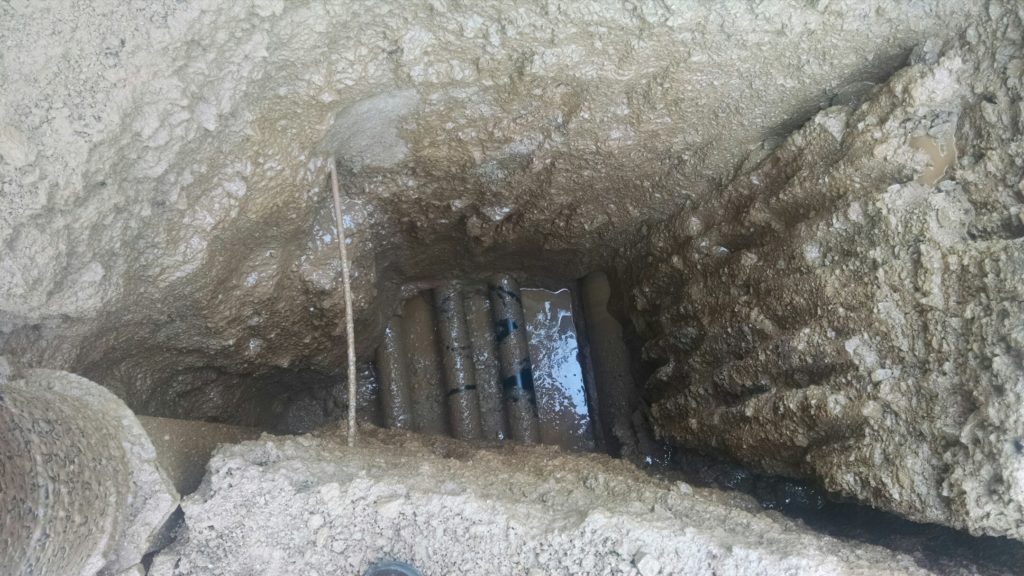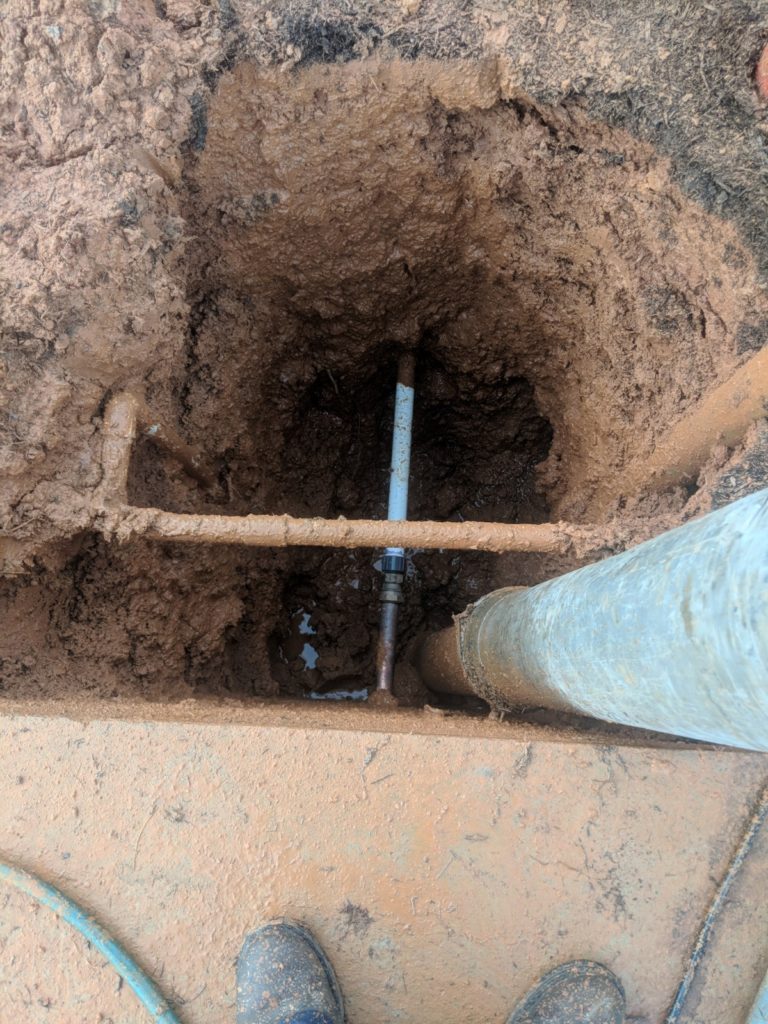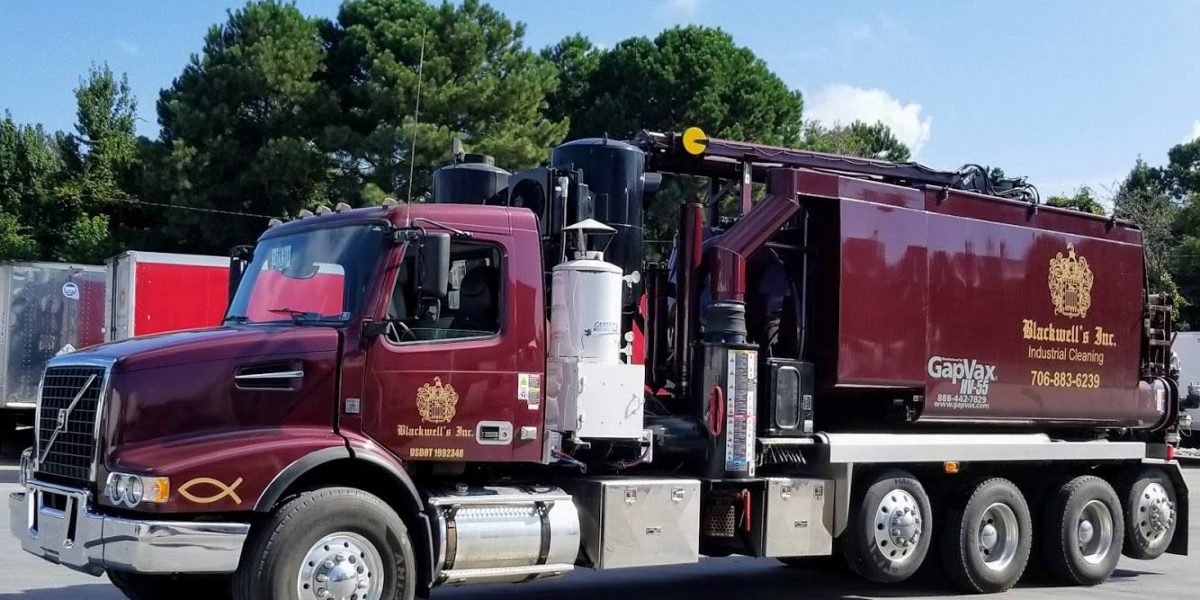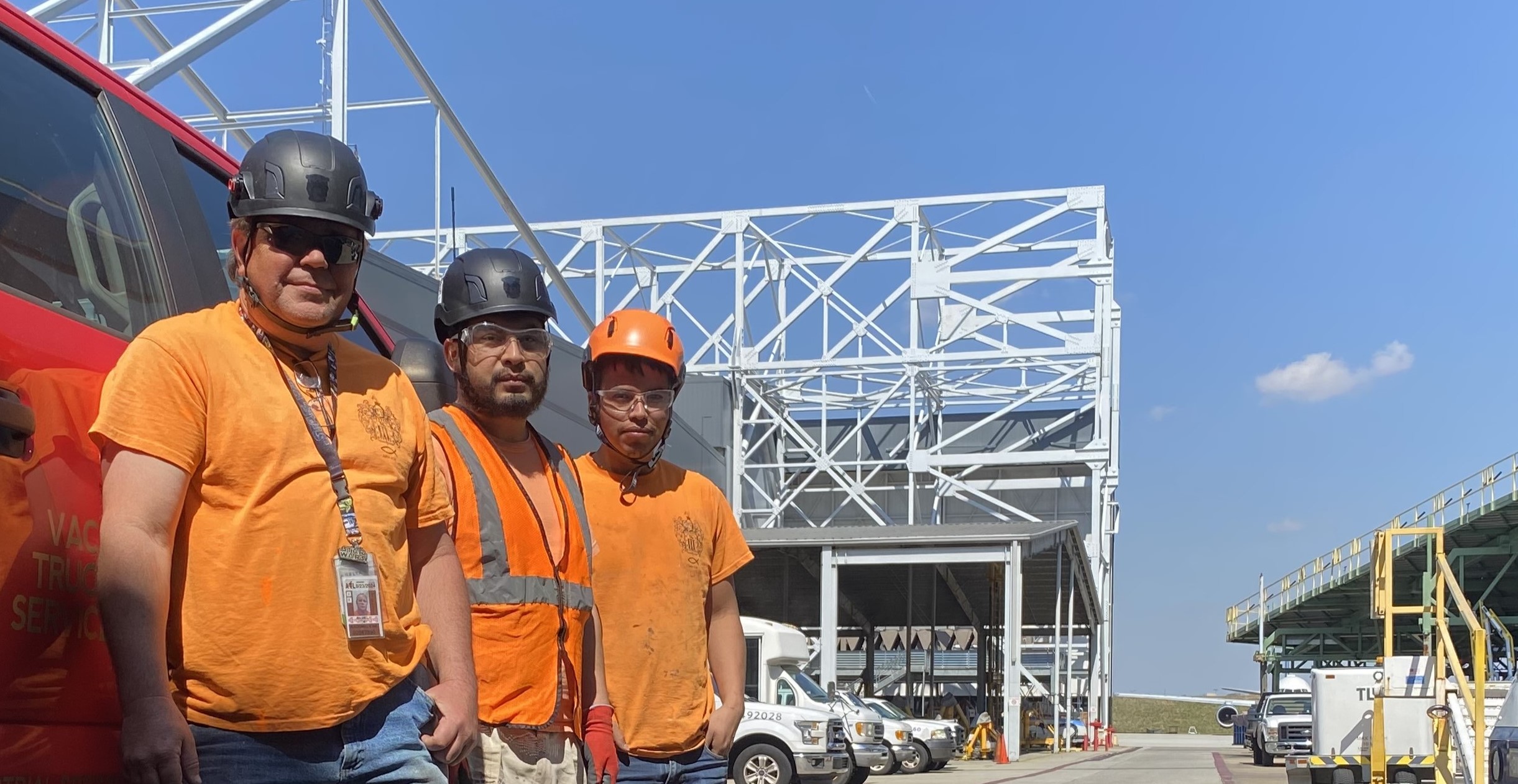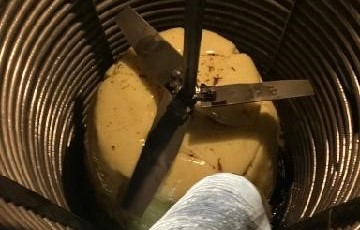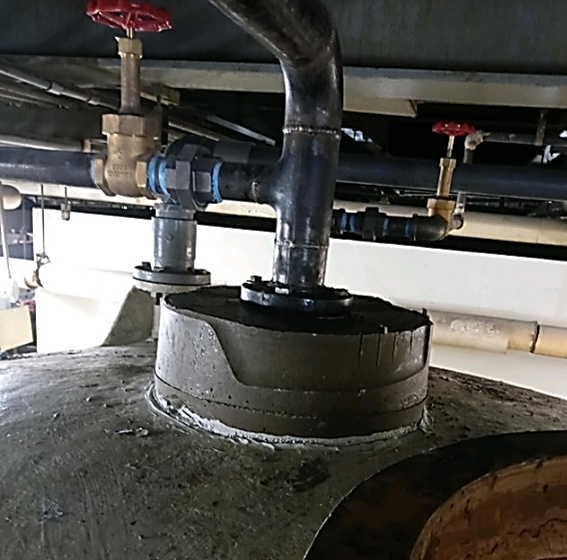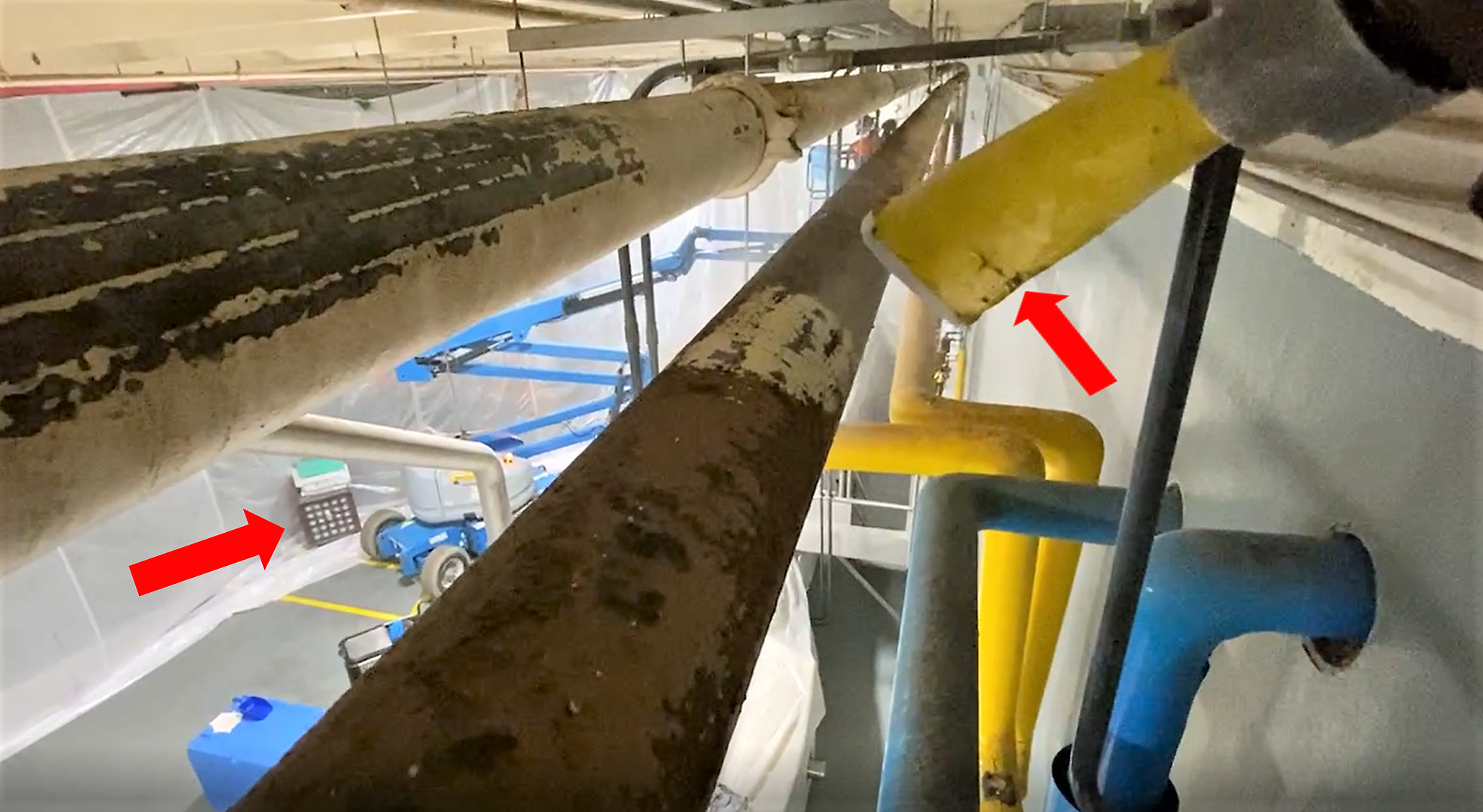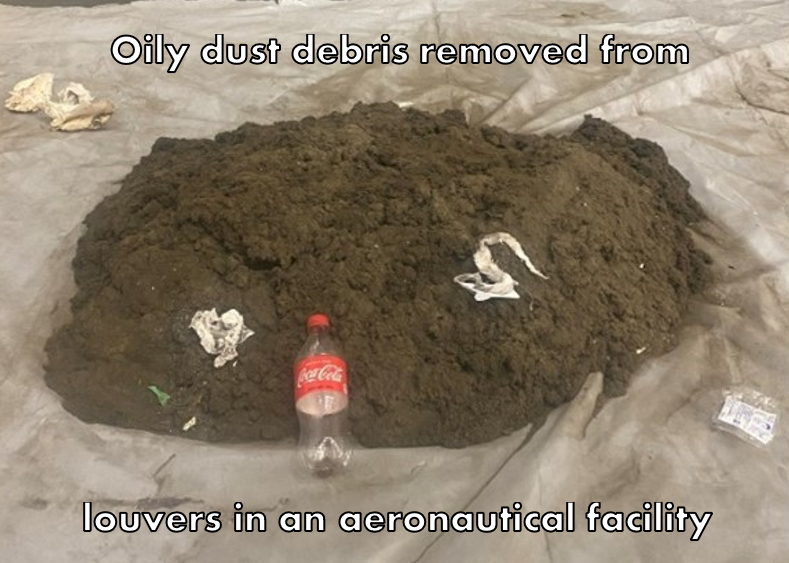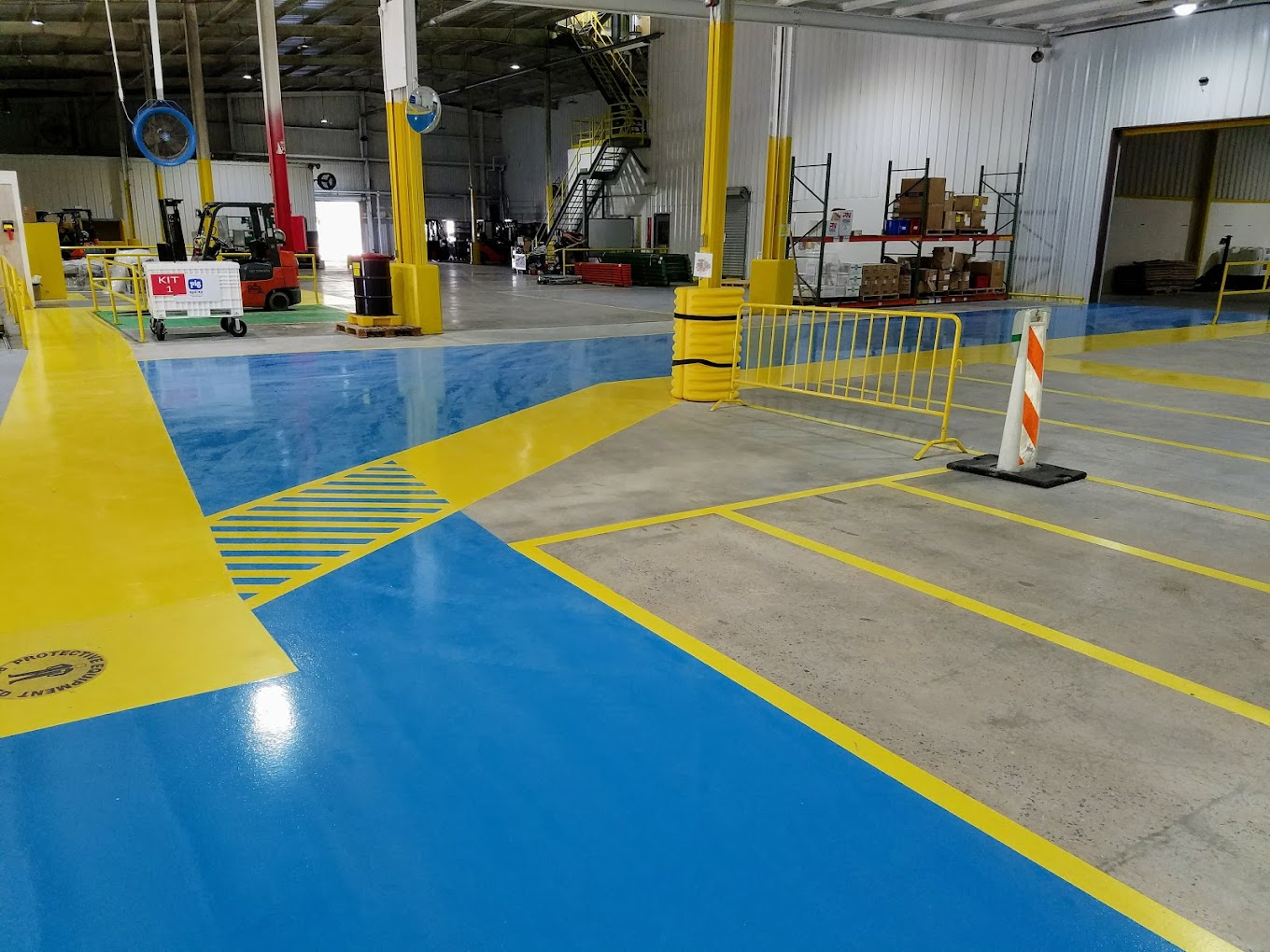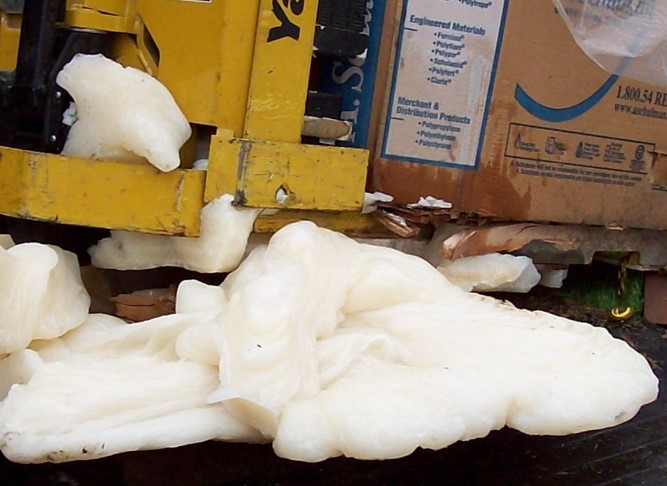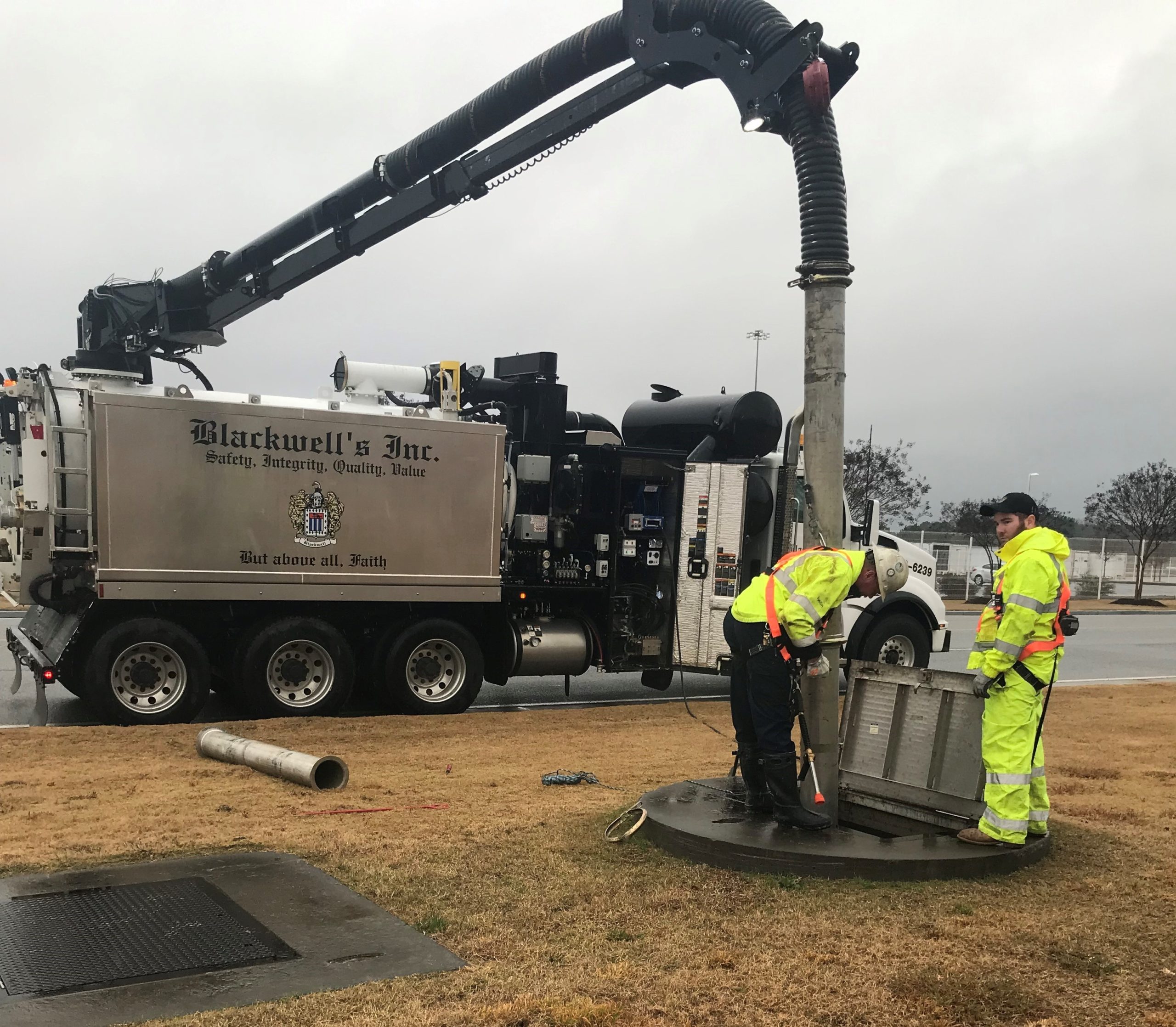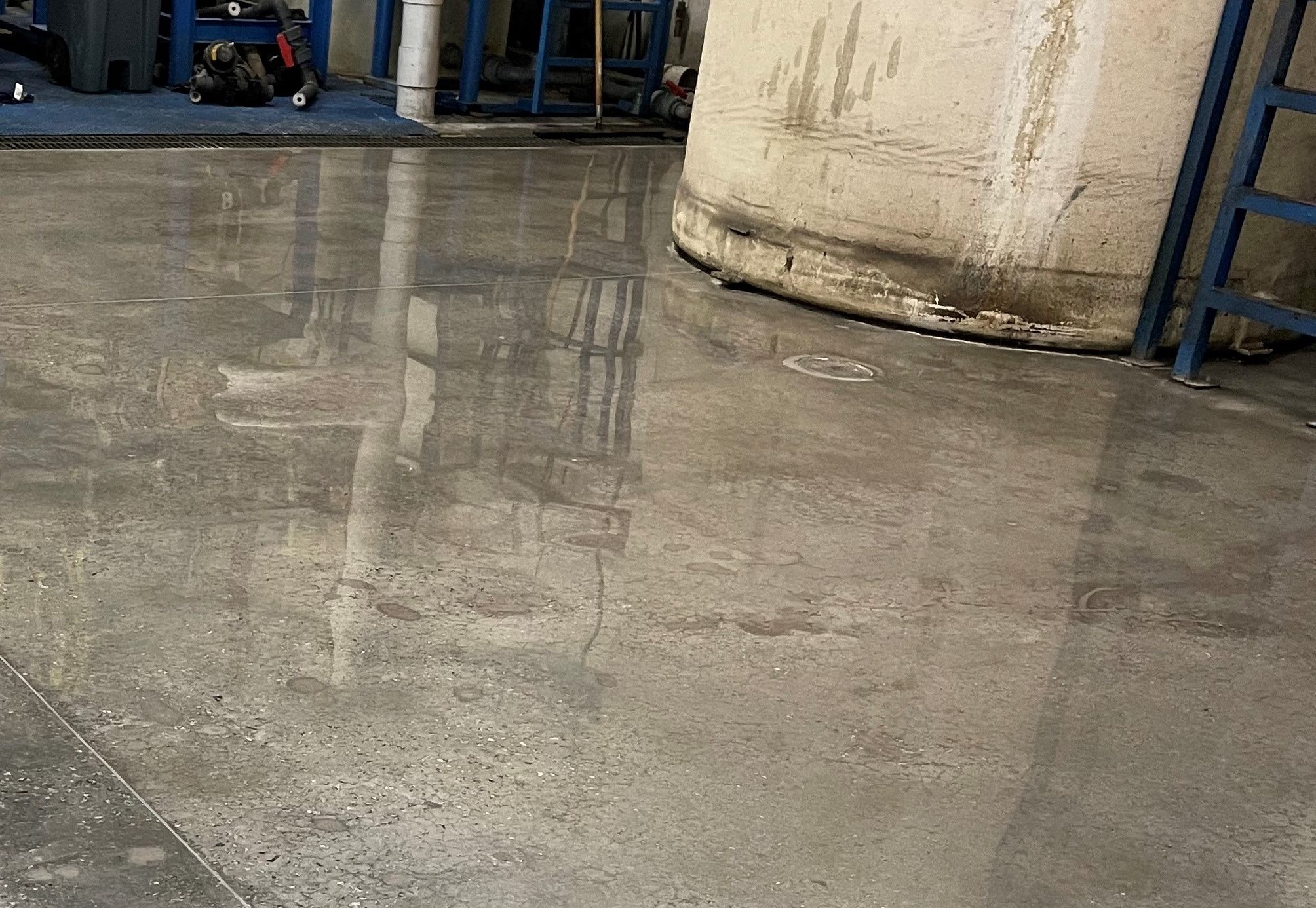You know you must do excavation work on your industrial facility’s grounds. You know there are underground utilities nearby and a mistake digging could be costly and even dangerous. You are almost sure you know where it is safe to dig because you have done these things first:
- You have walked around the site looking for visual clues that you can see like access plates, valves above ground, warning flags and signs.
- You have called 811 to engage a utility locating company. They have been out and used either an electromagnetic locating device or a ground penetrating radar device and found nothing near where you need to excavate
You feel safe to excavate. But are you sure?
Blackwell’s, Inc. says this is what else you might need to know.
Electromagnetic locating devices use an electric current to energize a buried metallic utility cable or pipe creating an electromagnetic field. What if the pipe is non-metallic?
Ground penetrating radar locating devices measure a change in the density of materials underground and then reflects that information back to the locator’s antenna. It is most accurate in loose, dry, and sandy soil. What if the soil is dense and wet and absorbs the radar signal instead of reflecting it back . . . like clay soil can do?
What if a fiberoptic cable is buried near where you need to excavate? Fiberoptic cables require even more specialized locating equipment.
Underground utility cables and pipes do not always run in a straight line. They may branch off from the main line in other directions. And the cables and pipes do not always remain at the same depth in the ground.
When you know where your industrial facility’s underground utilities are located and you know you will be digging near them, then taking the next few steps might prevent a costly mistake.
Blackwell’s, Inc. suggests you do this:
- Pothole (i.e., make exploratory holes) to determine if utilities run higher or lower in the ground
- Excavate to the side of the utility and not directly above the utility
- Excavate across the utility and not along the length of the utility
- Use a vacuum truck and water excavation instead of a backhoe to excavate
If excavation is needed, Blackwell’s, Inc. Vacuum Services brings the power of high-pressure air or water excavation, and the ability to vacuum and remove both wet and dry materials, from your industrial site.
Our trucks are some of the most advanced vacuum trucks anywhere in the world. These trucks have definite advantages over using a backhoe or shoveling:
- High pressure 4,000 psi water at 14 gpm, heated with a 440,000 BTU heater.
- 5,700 CFM industrial vacuum.
- Water excavation all but eliminates damage to underground utilities
- Minimally invasive. Collateral damage to the surrounding landscape is negligible
- Confined excavation can be done up to five hundred feet from the truck
Contact our team at Blackwell’s, Inc. for more information on Vacuum Truck Services.
